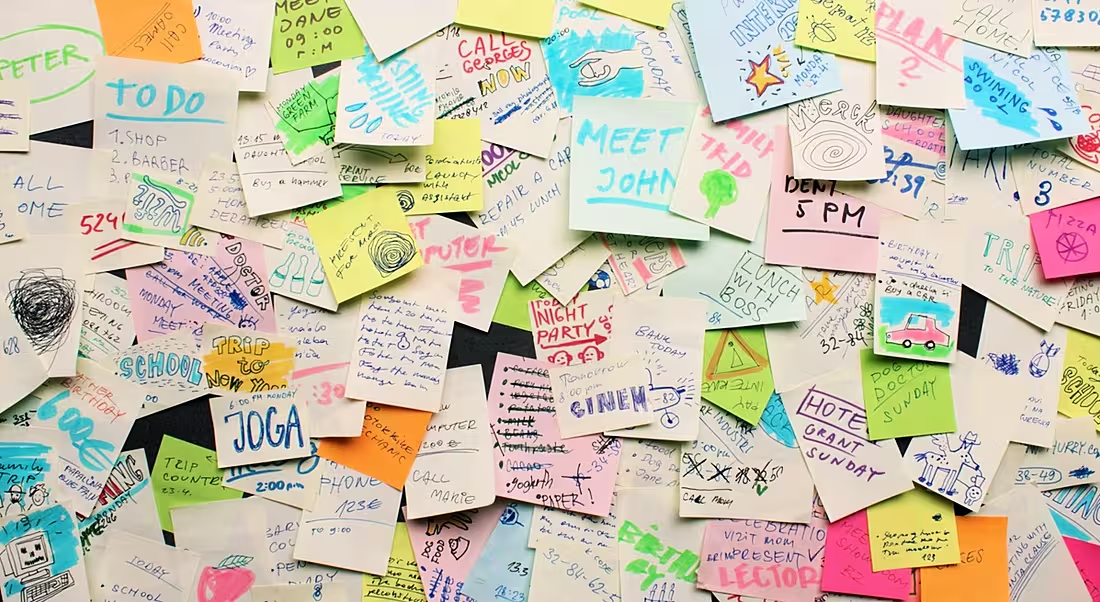When you’re stressed with an overwhelming number of projects and deadlines, you make a to-do list. But what happens when even that stresses you out?
Occasionally, things can get the better of us. Deadlines loom, tasks pile up and desks get messy. Cluttered desk, cluttered mind and all that jazz.
We naturally want to get our affairs in order to stop us feeling overwhelmed, and to-do lists are one of the easiest ways to get organised.
However, they are not always the best way to de-stress from an overloaded and busy work day. In fact, they could be making your stress worse.
Why is my to-do list stressing me out?
If you’re just writing down a generic to-do list, chances are you’re writing down tasks as they’re coming into your head, not in order of priority.
Even if you know which tasks are most important, our brains are wired to think of the top task as the most important one.
You might also be unfairly condensing bigger projects to one line on the list, which takes up the same amount of space as something that takes 10 minutes.
Another problem with to-do lists is that they seem never-ending. The presence of a to-do list means you are inclined to add more than is necessary, such as extra articles to read, documents to organise etc.
We’re then left with a tendency to have more on a to-do list than is humanly possible to do. As a result, tasks continuously move onto the next list, and then the next list, and so on. And then the guilt kicks in, followed by more stress.
What can I do about it?
First things first: make a standard to-do list like you always do, and then evaluate it. How long is it? Can you get everything on it done? Does everything on it need to be done today?
Once you’ve looked at your tasks and been honest with yourself, purge the list. Cross off anything that isn’t essential today (or the next day, if you do your to-do lists in the evening).
Prioritise the tasks that are left by numbering them to stop your brain automatically going to the first task. Alternatively, you can write a fresh list in the right order.
Break up the bigger tasks into smaller segments to give them proper weight and to make it look less daunting.
Keep the 1-3-5 rule in mind when laying out your tasks: only allow yourself to list one big task, three medium tasks and five little tasks in one day.
Whether you work with online task masters like Trello, or good, old-fashioned post-its, split them into four columns: to-do, doing, done and bonus. Keep your to-do tasks focused and transfer them when you complete them.
Wondering what that bonus list is for? Stack those pesky tasks that keep transferring to the next list every day. If you’re transferring it, it’s not currently a priority and the more you transfer it, the less immediate it will feel.
Put those guilt-inducing tasks on your bonus to-do list and put a genuine due date on it. When is it really due?
Every day, look at your normal to-do list and decide if you have room to put anything from your bonus list to your daily list. Making an active decision to put it in, as opposed to continuously transferring it to the next day, will help you focus on completing it.
Looking for jobs in tech or science? Check out our Employer Profiles for information on companies hiring right now and sign up for our Career Republic e-zine for a weekly digest of sci-tech careers news and advice.




